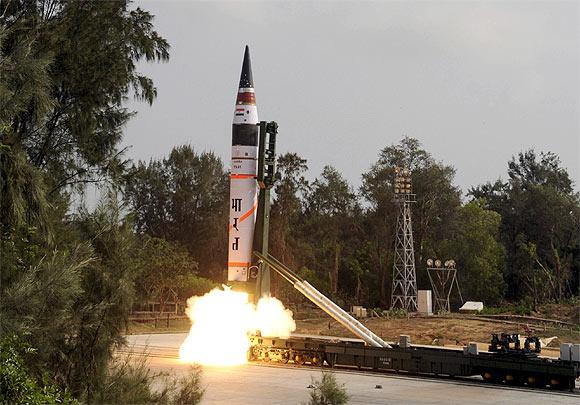
Agni 5 is not China-specific, as some have claimed. It is essential to India's overall security and should be followed by a submarine-launched version, says Premvir Das
The spectacular launch of Agni 5 from Wheeler Island off our east coast, a site that has seen dozens of Prithvi and Agni launches over the past two decades, brings to mind all that has gone into the success of India's missile programme. It was in the mid-1980s that our Defence Research and Development Organisation, better known as DRDO, initiated work on what was then called the Integrated Guided Missile Development Project.
This covered the development of four missile systems: two of them, Akash and Trishul, for use in tactical air defence, and the other two, Prithvi and Agni, as long-range ballistic weapons.
Interestingly, the qualitative requirements for them were not drawn up by the armed forces but emerged out of DRDO itself, something quite unusual.
Dr V S Arunachalam was then head of DRDO, and to oversee the IGMDP from laboratories located in Hyderabad, he chose Dr A P J Abdul Kalam, who was later to succeed him and, in time, become the president of India; in his younger days he had been the prime mover of rocket development in India's space programmes starting with space launch vehicles.
Click on NEXT for more...
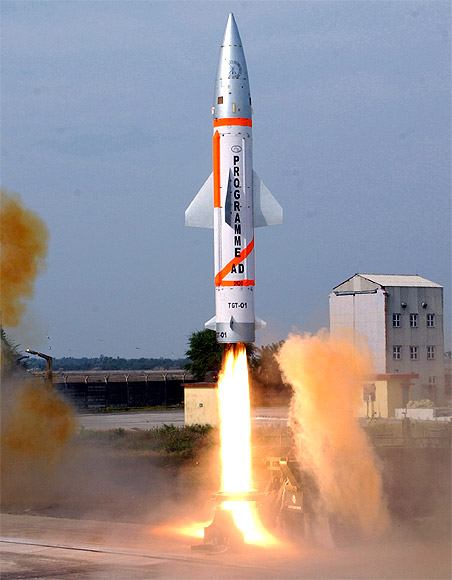
So, even as we toast DRDO scientists today, we should acknowledge the role of these pioneers. Interestingly, both this visionary project as, indeed, another equally important one, the nuclear-powered submarine capable of launching undersea missiles were set in motion at about the same time.
Enough has been written on how and why the first two projects, Akash and Trishul, both tactical air defence missile systems, have failed to deliver. But the other two have truly been feathers in the cap of DRDO.
The Prithvi, a single-stage missile with a range of 150-250 kilometres, is essentially a tactical weapon for conventional use, deploying weapon loads of 500-1,000 kg and has been operational for several years. The fact that it can also deliver a nuclear warhead is an added advanta#8805 the missile has also been adapted for launch from a surface warship.
Agni missiles, on the other hand, have little to do in conventional conflict and are strategic carriers for delivering nuclear weapons. These missiles have been configured for different ranges, with the I-IV versions covering distances from 700 kilometers to 3,000 kilometers.
Click on NEXT for more...
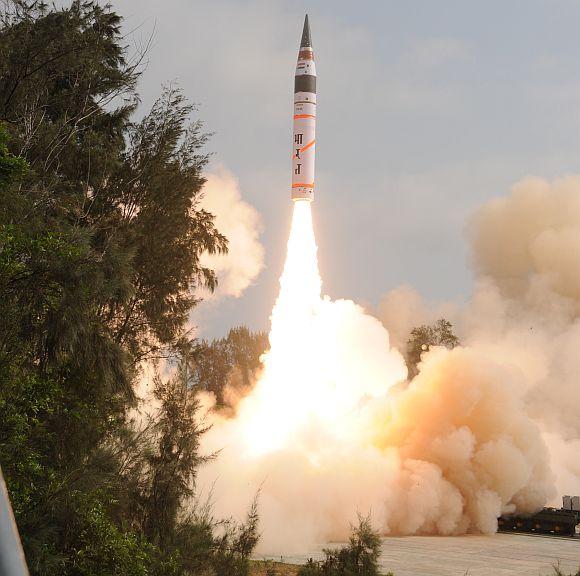
While all these versions, and indeed the Prithvi, can cover the immediate neighbourhood, a missile system of much longer range was needed to cover areas outside their reach but still of importance to our security concerns. This is how the Agni 5 came about.
With its stated range of 5,000 kilometers and a nuclear weapon load of 1,000-1,500 kg, the Agni V can be categorised as a long-range ballistic missile or LRBM -- one cut below the much longer range intercontinental ballistic missile -- but the technological road from one to the other is a reasonably short one and not difficult to traverse, should that be needed at some time.
The reason India has, for the present, chosen to restrict itself to the lesser range is dictated more by political considerations and its existing areas of strategic concern than any limitations in expertise.
Even with its LRBM range of the Agni 5, India will be the only country other than the five permanent members of the Security Council that can deploy a missile system of this class.
Click on NEXT for more...
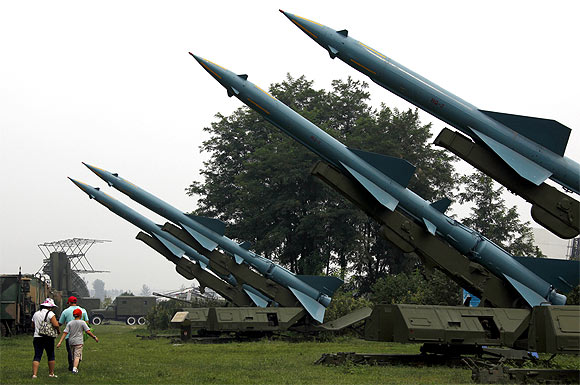
Of course, it will be another two or three years before the Agni 5 can be inducted for operational use; but that process should be relatively easy since the prime technology has been proved.
The missile can be adapted to carry multiple-target warheads and its altitude of 600 kilometres is potentially usable for destroying satellites in space -- even though that thought is not really on the horizon at this time and might never be, given India's approach on the safety of commons not only at sea but also in space.
Numbers are important -- but, unlike conventional military balance, they are not critical where strategic equations are involved. At any time, the nuclear weapon inventories of the US have far exceeded those of the USSR (now Russia) and those of the latter have greatly exceeded the holdings of China. These inequalities have not allowed any one of them to look upon the other as inferior.
Of course, it will be another two or three years before the Agni 5 can be inducted for operational use; but that process should be relatively easy since the prime technology has been proved.
The missile can be adapted to carry multiple-target warheads and its altitude of 600 kilometres is potentially usable for destroying satellites in space -- even though that thought is not really on the horizon at this time and might never be, given India's approach on the safety of commons not only at sea but also in space.
Numbers are important -- but, unlike conventional military balance, they are not critical where strategic equations are involved. At any time, the nuclear weapon inventories of the US have far exceeded those of the USSR (now Russia) and those of the latter have greatly exceeded the holdings of China. These inequalities have not allowed any one of them to look upon the other as inferior.
Click on NEXT for more...
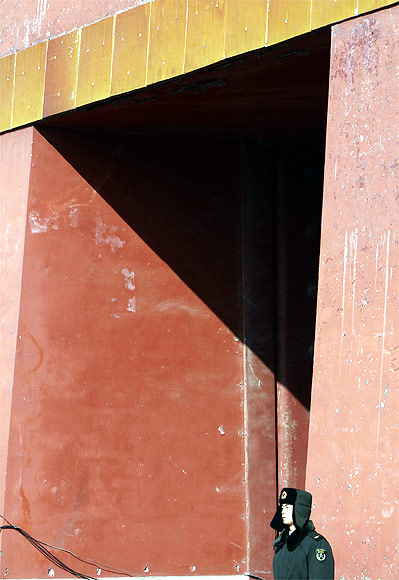
The fact is that if one of your major cities is going to be decimated, it does not help if you can decimate a dozen of the adversary; the punishment inflicted by even one strategic (read nuclear) weapon is unacceptable.
But yes, there is a certain minimum "credible" level that must be held, and this is important given our "no first use" doctrine.
Nuclear weapons are not "military" in the sense that they can not be used like other weaponry in war; their sole -- and whole -- purpose is to prevent war by creating the deterrence that an adversary cannot ignore.
And, while conventional military capabilities are essentially configured on identifiable adversaries, strategic strengths are not country-specific. For example, even if India and China had not fought a war in 1962 and there was no border dispute, we would still have sought the kind of assurance that strategic capability brings.
Click on NEXT for more...
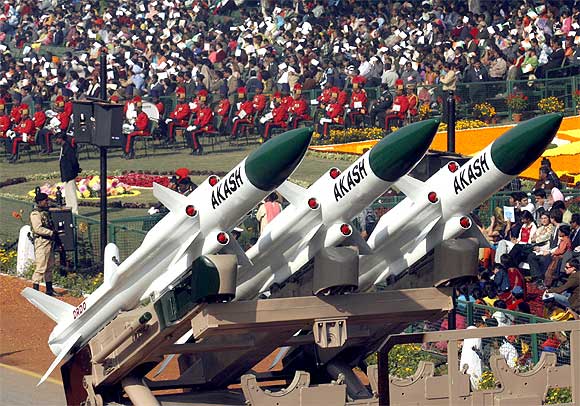
The repeated media emphasis on "Chinese cities being within range" is just hype. That they are is true; but strategic systems like LRBMs and ICBMs are intrinsic to a nation's strength just as military, economic and political power are, and that is the context in which Agni 5 should be viewed.
A big country like India cannot afford to remain on the sidelines and be susceptible to pressure (read bullying) by countries that have access to capabilities it does not have. Things would be different if no nation possessed strategic weapons -- but, as long as they do, India has to have similar strengths. This is the real significance of the launch that has just taken place.
Agni 5 is the second credible leg of India's strategic Triad, aircraft-based delivery being the first and relatively most vulnerable. The third, and the most survivable leg, will come when the nuclear powered submarine, INS Arihant, launches a ballistic missile from below the water. That day will also come, just as this one did. For the present, we should raise our hats to our scientists and wish them fair winds and following seas.
Click on NEXT for more...
...